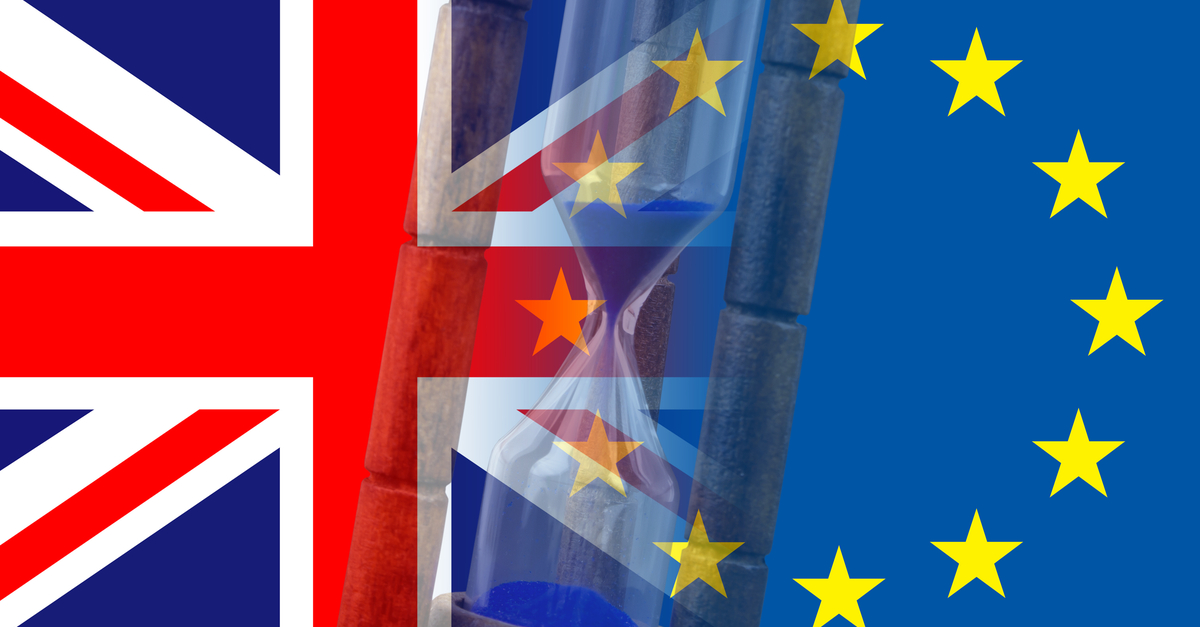An important milestone for the European chemical industry has been reached as the final REACH registration deadline for substances passed in 31.5.2018. The European REACH Regulation ((EC) No 1907/2006), however, continues to set high standards for the whole industry, from manufacturers, importers, formulators and distributors all the way down to downstream and end users.
Effects on the supply chain
Whilst the REACH registration deadline passed in 31.5.2018 already, it can take up to 3 months for the European Chemicals Agency ECHA to make a registration decision; your supplier might be fully REACH compliant if they have submitted their dossier on time, but might not yet have received a registration decision, i.e. a registration number, from ECHA. In complex cases where an extension might have been received from ECHA and the Director’s Contact Group, receiving a registration decision will take even longer than that.
This also means that the potential effects of the last registration deadline that mainly dealt with SMEs and their substances might affect supply chains with a delay. Whether or not the registering company had enough assets and know-how to pull through the registration might become evident only later on. If a company has decided to cease their manufacture by 31.5.2018, they are still allowed to sell all their supply gathered before the deadline to downstream users as distributors. Whether or not some companies or some products might be dropping out, or the market become more homogenized, will most likely be found out only after the dust of the final registration deadline has settled.
Communicating REACH compliance to authorities and stakeholders
In terms of supply chains and their continuance, it is important to notice that pre-registration numbers are no longer valid. It is also important to notice that either a generic or a company-specific version of the actual REACH Registration number can be put forward. The company-specific version always consists of four parts of numbers, e.g. 01-2119458769-17-0003, whereas the generic form might only consist of three (e.g. 01-2119458769-17 or 01-2119458769-17-XXXX). Make sure that your suppliers have actually registered the substance in their name, and are not just giving you a generic number to keep you content for a while.
A good way to communicate a company’s adherence to REACH and its many requirements is a REACH declaration of compliance. Such a statement can serve as a testimony to the authorities or as communication to customers and other stakeholders to show that your company is indeed REACH compliant in all the relevant aspects of the REACH Regulation. Such a statement is a hard asset outside of Europe as well.
A shift in focus towards formulators
As the burden of REACH has previously been mainly on substance manufacturers and EU importers, the focus of the regulation is now shifting towards formulators. The safe use of mixtures is a topic that will need to be addressed by operators in the coming years in the form of unique formula identifiers (UFI) and poison centre notifications (PCN). This will require a thorough knowledge of the composition and hazardous properties of the supplied mixtures as well. Exposure scenarios and their utilization in communicating the safe use of mixtures will surely be giving formulators some gray hair.
Increasing amount of regulation
As ECHA is now the holder of the world’s largest open database of substance information, plans on how to best utilize the gathered information on the registered substances are big. On a general level this might mean more substance restrictions and harmonized classifications. Manufacturers of highly hazardous substances or those who have submitted incomplete information, on the other hand, might become a target for even more scrutiny.
Reaching the legislative deadline will also most definitely result in increased supervision from national authorities on whether or not companies have fulfilled their various requirements under the REACH Regulation, with regard to substance restrictions and registrations especially. A more scrutinized assessment of SDS’s and of the responsibilities that downstream users have regarding exposure scenarios and their assessment against their own conditions could also result.
Harmonized classifications under the CLP Regulation ((EC) No 1272/2008) themselves can also be a source of restriction, as is now happening with titanium dioxide. A common chemical used as a pigment and thickener in a wide variety of applications for consumer use, including foodstuff, is about to receive a category 2 carcinogen classification, meaning heavy restrictions on its use in many of its current applications.
Competitive edge for European companies
One of the main original aims and visions of the comprehensive chemical legislation that is REACH is to ensure a high level of health and environmental protection. Another aim of the regulation has been to stimulate innovation and enhance the competitiveness of European brands on international markets. As chemical legislation is getting stricter all around the globe, REACH is indeed serving as an important example for other countries striving for increased chemical safety. This is one of the reasons why being REACH compliant is an asset all over the world; still today, REACH is the most advanced chemical legislation in the world.
Consumer image – a threat or a possibility?
An increasing amount of portals and sources for consumers on how to use chemicals safely and on how to find relevant safety information on chemicals have also emerged. Whilst a huge amount of scientifically-based information on chemicals and their safe use is now publicly available, what should never be underestimated is the opinion and views of the general public. Companies should therefore have an understanding of what the data gathered by them actually means and how it can be translated into facts and to transparent stakeholder communication.
Registration in the future
Now that all the three major deadlines for the REACH registration of chemicals in different tonnage bands have passed, the registration of future substances will require more planning in advance; as of now substances will need to be registered before manufactured or imported into the EU in amounts above 1 tonne per year. Make sure to make use of all the relevant exemptions to registration requirements. For R&D substances, for example, a PPORD notification will give your company a 5-year period of reflection before deciding on whether to continue with the substance or not. For substances produced in circular economy processes, further exemptions also apply.
For more of the concrete results that REACH keeps delivering, see the press release of the European Commission on the matter: http://europa.eu/rapid/press-release_IP-18-1362_en.htm
Leea Ojala, Senior consultant
20.6.2018, Helsinki
In case you have any questions about your obligations under the REACH Regulation or are interested in a REACH Declaration of Compliance or a screening of substance restrictions on your chemicals, contact Ecobio’s experts at: info@ecobio.fi or tel. +358 20 756 9450.






